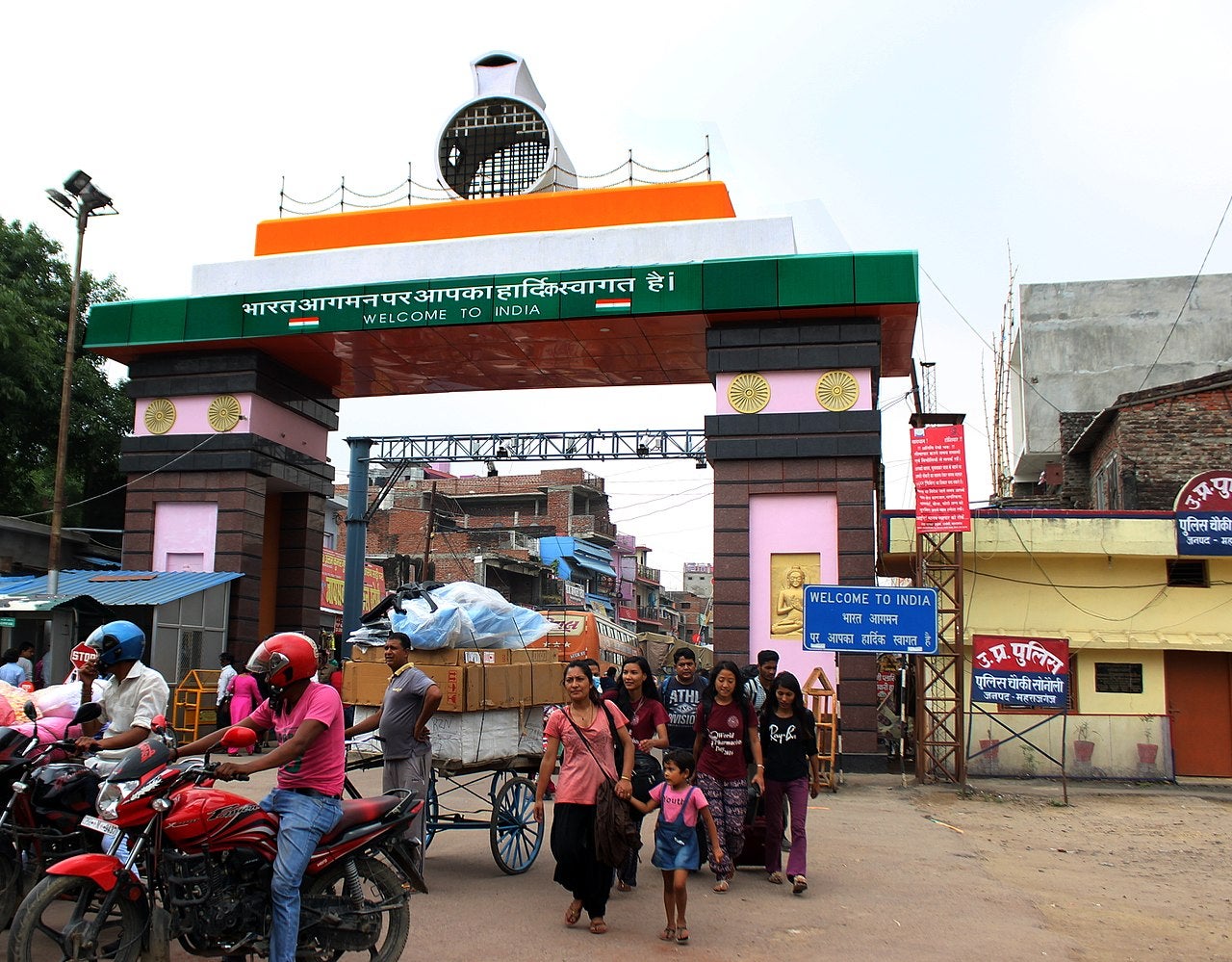Summary
The open border between India and Nepal is a special facet of the relationship between the two countries, ensuring the free movement of goods and people for hundreds of years. The COVID-19 pandemic imposed severe restrictions as borders had to be closed to curb rising Coronavirus infections, presenting unprecedented challenges to the governments and citizens on both sides who rely on the freedom of movement across the two countries.
The effects of the COVID-19 pandemic were felt across open borders in Europe, between Canada and the United States, East Africa and Southeast Asia. Restricting border movement to avoid contracting the virus was not a strange phenomenon; in fact, it was expected in many parts of the world, including South Asia, thus making border management critical, especially to control infections.
In March 2020, Nepal and India announced an unprecedented lockdown of their borders to control the spread of COVID-19 infections. For people residing in the border areas of India and Nepal, it brought about a situation they had never encountered. For migrant labourers and small traders who cross either side of the 1,800-kilometre border daily, it was a direct blow to their livelihoods. The stream of people entering the country on either side created a humanitarian crisis that revolved around managing border movements, particularly those who were infected and required isolation and quarantine.
Border issues had only earlier arisen during a war or the influx of refugees. No one, however, was prepared for border closure due to a pandemic. Besides people travelling across borders possibly carrying and spreading the virus, prejudices also travelled. For instance, at the start of the pandemic, Nepali members of the Islamic group Tablighi Jamaat, who participated in the Delhi gathering, were demonised by the Nepali media and social media trolls, resulting in the spread of Islamophobia. However, when more than 50,000 Nepalis went to the Kumbh Mela, a Hindu congregation in India and returned infected, it found little mention.
In local newspapers, news channels and social media, small incidents determined movements across the borders that were unknown and not clearly understood in Delhi and Kathmandu. This was also the first time Nepali local governments, formed in the wake of the constitution restructuring in 2015, were tested in terms of determining whether federal or local rules determined border movements. Before the second wave, when flights out of India were restricted, several Indians stopped over in Nepal before travelling to third countries. Later, this practice waned as infections rose.
Geopolitics, specifically Sino-India border skirmishes, also affected the border dynamics, once the pandemic was underway, making the bilateral situation tenser. As the standoff continued, the Nepali government released a new map of Nepal that included the Kalapani-Lipulekh-Limpiyadhura area in Far Western Nepal. This is a particularly fraught issue that complicated ties with India. Producing a new map, however, gave the K P Sharma Oli government a diversion as it fumbled the pandemic.
The politics around vaccination became another vexing issue. While India was quick to donate a million doses, it could not follow up with the next million required to administer the second dose, questioning Delhi’s planning and execution capabilities. Vaccine orders from Nepal to India went unfulfilled and the deal got marred by allegations of graft.
The border closure severely affected the livelihoods of people who relied on a continually open border. In terms of remittances, Indians working in Nepal remit three times more money than Nepalis working in India. India. In fact, Indian migrant labourers and small traders in the Kathmandu valley extol Nepal for being a land of opportunity during difficult times compared to opportunities back home; Nepalis in Western Nepal have no option but to cross the Indian border for work.
How should India and Nepal address border challenges unleashed by the pandemic? Three recommendations may be considered.
Vaccinate all on both sides: Informally, people frequently cross the border to get their vaccinations. The key priority, given open borders, is to ensure all the people are safe to carry on their business on either side.
Joint border teams for disaster management: It is necessary to establish a joint disaster management border team with representatives from both countries to ensure they can discuss and decide border openings, timings, provision of essential services, the rules related to quarantining and self-isolation, testing and other protocols. Further, joint teams should undertake patrol measures to ensure porous areas are protected.
Emergency crisis centres: Since the pandemic is border agnostic, efforts should be made to establish emergency crisis centres on both sides. These facilities could provide primary health services, testing and spaces for quarantine and self-isolation. Such facilities can be of immense help when access to major towns and cities are hindered.
The pandemic has given Delhi and Kathmandu an opportunity to revisit the critical people-to-people relationship between the two countries. Undoubtedly, the crisis has ushered in challenges, but it has also shown that humanity exists in people on both sides of the border. As the subcontinent’s geopolitics becomes more fractious, it is important to institute new mechanisms to manage and resolve challenges that emanate from the porous border, especially in the context of health-related emergencies like the COVID-19 pandemic.
. . . . .
Mr Sujeev Shakya is a Non-Resident Senior Fellow at the Institute of South Asian Studies (ISAS), an autonomous research institute at the National University of Singapore (NUS). He is also Chair, Nepal Economic Forum and Founder Chief Executive Officer of Beed Management. He can be contacted at sujeev.shakya@beed.com.np. The author bears full responsibility for the facts cited and opinions expressed in this paper.
Photo credit: Wikipedia
-
 More From :
More From :
-
 Tags :
Tags :
-
 Download PDF
Download PDF



